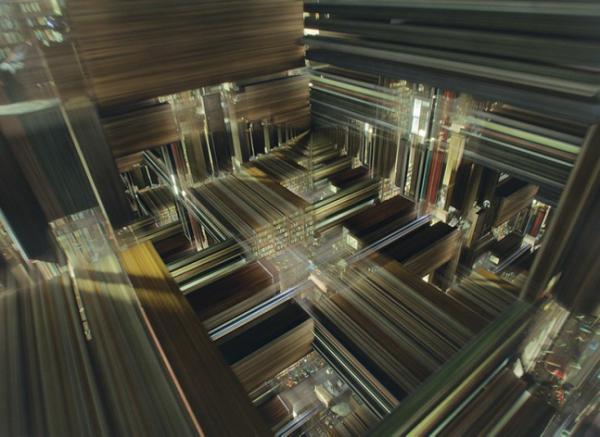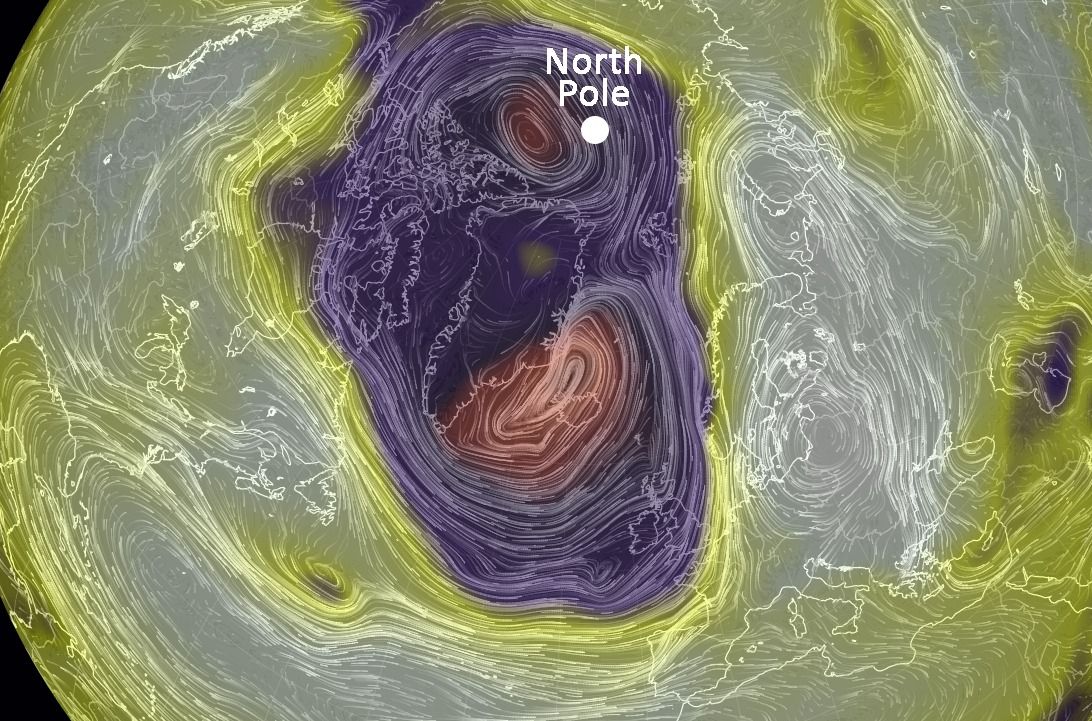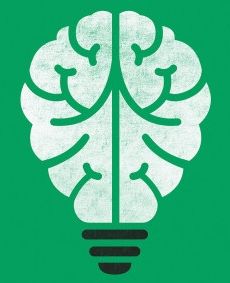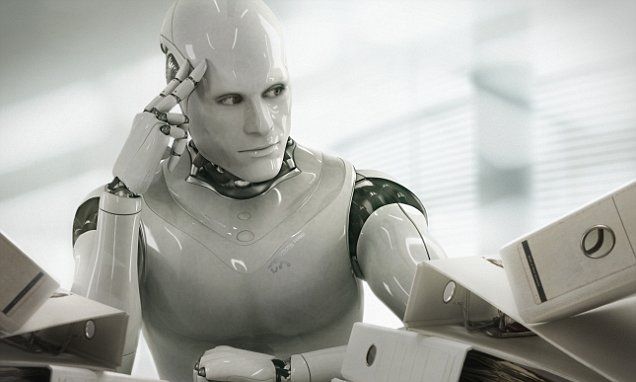Page 11550
Jan 2, 2016
Researchers say retrieving information from a black hole might be possible
Posted by Sean Brazell in categories: computing, cosmology, physics, space travel
Interstellar is one of the best sci-fi movies of the last decade, imagining a post-apocalyptic human population that needs to be saved from a dying Earth. A nearby black hole has the answers to humanity’s problems, and the brilliant script tells us we can enter a black hole and then use it to transcend space and time. In the film, the black hole also leaks out information that can save us, and it is captured by a complex computer as it’s being entered. That might seem implausible, but since we don’t know a lot about how black holes work, we can certainly accept such an outlandish proposition in the context of the movie.
In real life, however, physicists are trying to figure out how to access the secrets of a black hole. And it looks like some researchers have a theory to retrieve information from it, though it’s not quite as exciting as the complex bookcase that Interstellar proposes.
DON’T MISS: The biggest ‘Star Wars: The Force Awakens’ plot holes explained
Continue reading “Researchers say retrieving information from a black hole might be possible” »
Jan 2, 2016
This is what the entire universe looks like in one image
Posted by Sean Brazell in category: futurism
Jan 2, 2016
The First International Beauty Contest Judged By Robots
Posted by Zoltan Istvan in categories: information science, life extension, neuroscience, robotics/AI, transportation
“You like your Tesla, but does your Tesla like you?” My new story for TechCrunch on robots understanding beauty and even whether they like your appearance or not:
Robots are starting to appear everywhere: driving cars, cooking dinners and even as robotic pets.
But people don’t usually give machine intelligence much credence when it comes to judging beauty. That may change with the launch of the world’s first international beauty contest judged exclusively by a robot jury.
Continue reading “The First International Beauty Contest Judged By Robots” »
Jan 2, 2016
Freak storm pushes North Pole 50 degrees above normal to melting point
Posted by Amnon H. Eden in category: futurism
Jan 2, 2016
Researchers Develop Stretchy Material for Wearable Tech
Posted by Dan Kummer in categories: biotech/medical, electronics, health, materials, wearables
It’s a new resin.
Researchers at Panasonic PCRFY −0.78% in Japan have developed a new kind of resin that has the potential to make personal health electronics leaner and comfier.
The stretchy tech, announced by the company on Dec. 28, can be used as a base for electronic materials. Its physical properties makes electronics easier to apply to skin or clothing—like a Band-Aid or a tattoo, rather than a watch or a strap.
Jan 2, 2016
Artificial Intelligence Finally Entered Our Everyday World
Posted by Sean Brazell in categories: computing, food, mobile phones, robotics/AI
Andrew Ng hands me a tiny device that wraps around my ear and connects to a smartphone via a small cable. It looks like a throwback—a smartphone earpiece without a Bluetooth connection. But it’s really a glimpse of the future. In a way, this tiny device allows the blind to see.
Ng is the chief scientist at Chinese tech giant Baidu, and this is one of the company’s latest prototypes. It’s called DuLight. The device contains a tiny camera that captures whatever is in front of you—a person’s face, a street sign, a package of food—and sends the images to an app on your smartphone. The app analyzes the images, determines what they depict, and generates an audio description that’s heard through to your earpiece. If you can’t see, you can at least get an idea of what’s in front of you.
Artificial intelligence is changing not only the way we use our computers and smartphones but the way we interact with the real world.
Jan 2, 2016
RAND Summer Institute
Posted by Dan Kummer in categories: economics, health, life extension, policy
Are you a current or aspiring researcher working in the #aging field? Then you may be interested in the 23rd annual RAND Summer Institute in Santa Monica. This July, institute participants will attend a series of master lectures that offer insights into the science of aging, and the relationships between the aging field and health, economic status, and public policy. Register by March 15.
Jan 1, 2016
Wormholes are just quantum entangled black holes, says new research
Posted by Andreas Matt in categories: cosmology, particle physics, quantum physics
Interesting, but older…
Two separate research groups, one of which is from MIT, have presented evidence that wormholes — tunnels that may allow us to travel through time and space — are “powered” by quantum entanglement. Furthermore, one of the research groups also postulates the reverse — that quantum entangled particles are connected by miniature wormholes.
A wormhole, or Einstein-Rosen bridge to give its formal name, is a hypothetical feature of spacetime that exists in four dimensions, and somehow connects to another wormhole that’s located elsewhere in both space and time. The theory, essentially, is that a wormhole is a tunnel that isn’t restricted by the normal limitations of 3D Cartesian space and the speed of light, allowing you to travel from one point in space and time, to another point in space and time — theoretically allowing you to traverse huge portions of the universe, and travel in time.
Continue reading “Wormholes are just quantum entangled black holes, says new research” »
Jan 1, 2016
Food delivered by drones, driverless cabs and cyber PAs
Posted by Dan Kummer in categories: biotech/medical, computing, drones, food, robotics/AI
Artificial intelligence is moving so fast that within a decade, we will even be able to swallow computers so they can perform internal operations and release drugs.


















